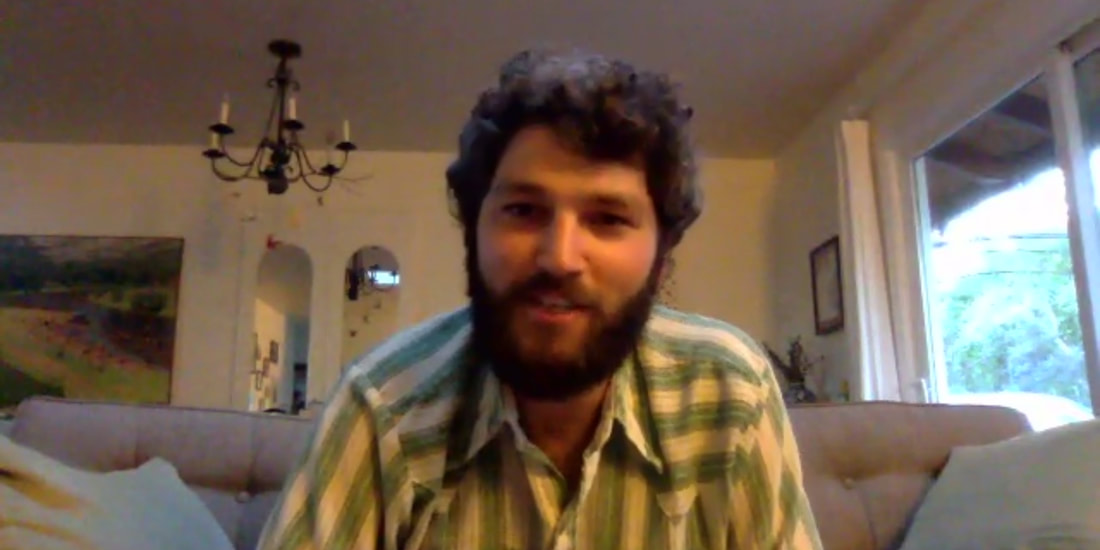|
The One Earth Film Festival (OEFF) model is tried and true. For nearly a decade, they’ve made environmental film screenings into social events by embedding our Technology of Participation (ToP) methods to stimulate audience participation. In an era of online streaming and unprecedented digital connectivity where it’s easier than ever to watch films from home, OEFF makes a powerful case for the benefits of physically coming together. It is not surprising, then, that the Festival organizers were hesitant to cancel screenings as concerns over the COVID-19 pandemic spread throughout Illinois. By the morning of March 12, a screening of Hike the Divide scheduled to be co-hosted by Truman College and ICA was still ready to move forward. But organizers pivoted quickly, spreading the word that the event would be held virtually.
The new virtual format was surprisingly similar to a traditional OEFF screening. Participants logged into Zoom, where a Festival organizer directed them to watch the film on Vimeo and return an hour and a half later for an audience discussion and conversation with filmmaker Connor DeVane. Hike the Divide is a double meaning. The film is a video diary of Connor’s 2,700 mile hike from Canada to Mexico along the Continental Divide Trail. Along the way, he navigates other, less physical divides: between political left and right, between apathy and hope, and between the human and non-human. “For me, hiking is a window into the reality that the divide between humans and the natural world is just a myth we’ve been telling ourselves,” Connor says in the film. Beyond just immersing himself in wilderness, he uses the hike to visit activists across the nation who are working to address climate change. Among them are Alexis Bonogofsky, an organizer who helped stop what would have been the largest open-pit coal mine in North America, regenerative agriculture advocate and rancher Steve Charter, Cate Campbell of 350 Missoula, and Kendra Pinto, an organizer working to protect her Diné community from an unregulated fracking development nearby. After everybody had a chance to watch the film from home, participants returned to the Zoom conference, where ICA staff member Samantha Sainsbury facilitated the focused conversation. Participants were struck by the central metaphor of the film of bridging the divide between hope and despair. They also noted the emphasis on local actions becoming part of the larger puzzle of climate action, a movement growing from the bottom up rather than the top down. One participant was drawn to a quote from the film that scientists suddenly using exclamation points shows the urgency of the climate crisis. “What do you think is the message of the film?” Samantha asked. The responses were clear: “Yes we can, all we have to do is come together”; people from “different walks of life” must collaborate; and “Hike that divide—engage the gap between apathy and action, hope and despair.” Hike the Divide is now streaming for free on Vimeo. Connor has written extensively about the film, the journey that inspired it, and his reflections upon meeting with people across the country on the film’s website. Comments are closed.
|
|
4750 N Sheridan Rd, Chicago, IL 60640
773 769 6363 x 335 |
Copyright 2022. The Institute of Cultural Affairs. All rights reserved.

